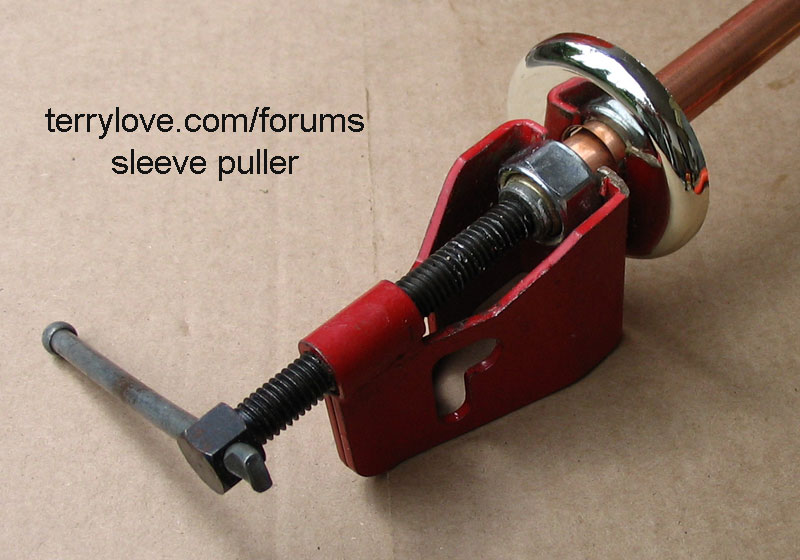Taylor
New Member
Apologies if this is an extremely novice-like question, I am stuck trying to understand something.....
I am reading "Plumbing a House" by Peter Hemp in the For Pros by Pros series by Taunton. On page 150, talking about roughing-in toilet and lavatory, he has the water supply lines terminate at copper x FIP drop-eared 90s. The idea is that angle stops will thread into these 90s.
I have managed to figure out the terminology, which is never explained, but I am still trying to understand what the point is. Every other book I've read talks about putting a shutoff valve on the stubbed-out copper supply line. Perhaps they are assuming straight stops as opposed to angle stops? Does compression vs ball-valve stop have any relevance? I get the impression ball-valve is better than compression.
Perhaps there is further explanation in Hemp's sequel to this book, but it's out of print. If anyone can shed some light on this.....
I am reading "Plumbing a House" by Peter Hemp in the For Pros by Pros series by Taunton. On page 150, talking about roughing-in toilet and lavatory, he has the water supply lines terminate at copper x FIP drop-eared 90s. The idea is that angle stops will thread into these 90s.
I have managed to figure out the terminology, which is never explained, but I am still trying to understand what the point is. Every other book I've read talks about putting a shutoff valve on the stubbed-out copper supply line. Perhaps they are assuming straight stops as opposed to angle stops? Does compression vs ball-valve stop have any relevance? I get the impression ball-valve is better than compression.
Perhaps there is further explanation in Hemp's sequel to this book, but it's out of print. If anyone can shed some light on this.....

